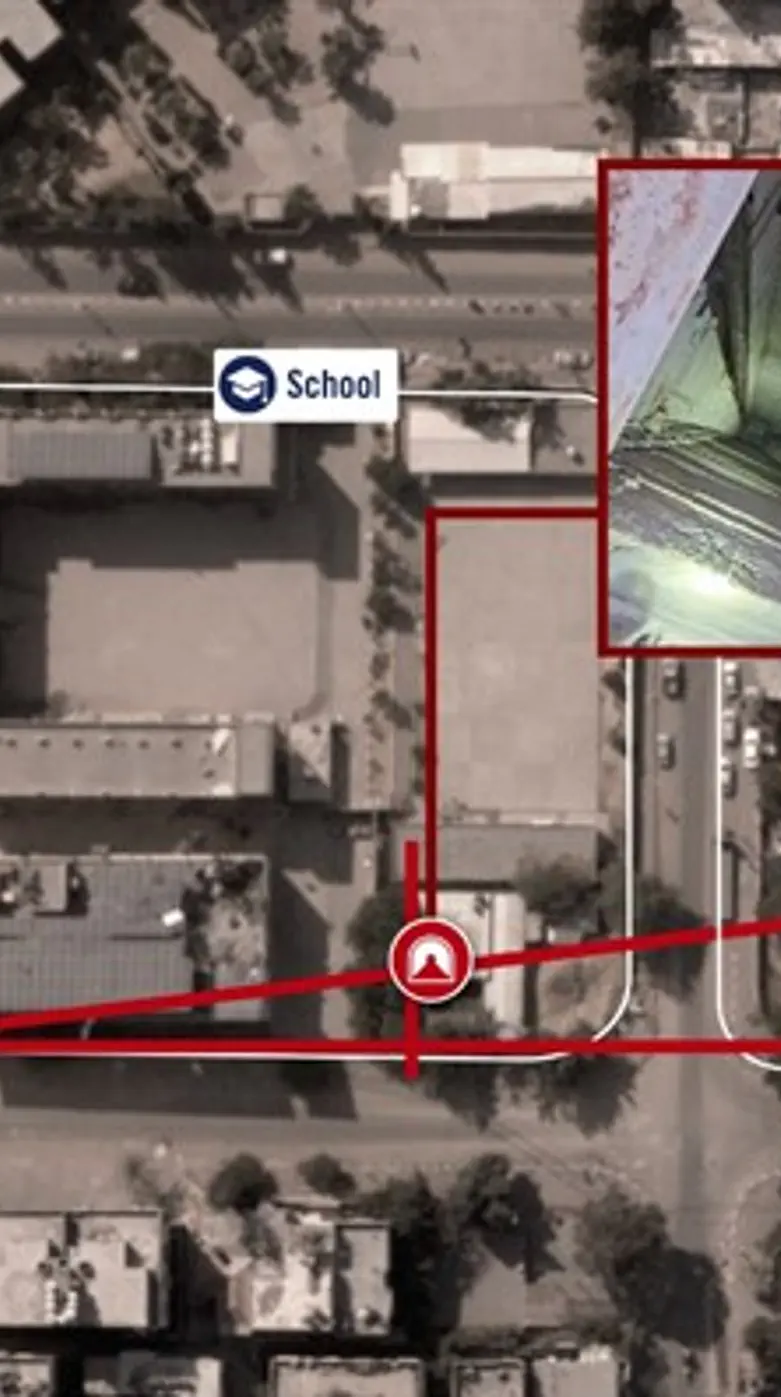In recent weeks, IDF soldiers led by the 401st Brigade of the 162nd Division, in cooperation with Shaytet 13 naval commandos and the Yahalom elite engineering unit, located and searched three operational tunnel shafts near the Rantisi Hospital.
Yahalom soldiers searched the area along with the shafts and tunnels - using a variety of means for mapping the tunnels' topography and the connections between the shafts. This operation revealed that the shafts are connected by a wide underground network passing under the hospital, spanning several kilometers, and leading to strategic points in the heart of Gaza City. The tunnel in Rantisi is close to a school and leads to another school in the area. The tunnel also served as a command and control center for conducting combat in the northern Gaza Strip and for carrying out terrorist attacks.

The operational shaft located in a girls' school in the area is about 20 meters deep and includes an elevator and electrical infrastructure. Following intelligence information directed by Unit 504 of the Intelligence Directorate, another operational shaft was located inside one of the hideout residences used by one of the commanders of Hamas' naval unit in the Gaza Strip. In the tunnels' topography, junctions and blast doors were located - designed to prevent IDF soldiers from breaking in and to protect against damage to the tunnel infrastructure.
In a joint operation of soldiers from the Yahalom Unit and engineering soldiers from the 14th Brigade, the tunnel infrastructure and shafts were destroyed.
"The exposure of the shafts near the hospital and school once again demonstrates Hamas' cynical use of the civilian population. Exposing Hamas' use of the residents of the Gaza Strip, including refugees and children, as human shields," the IDF stated.
Additionally, during combat in the area of the hospital, soldiers of the 401st and 460th brigades killed dozens of terrorists. As part of the activity, the Tzabar Battalion and the 52nd Battalion carried out raids and scans of buildings in the hospital area, where significant terror infrastructure was found, including command and control centers, media equipment, maps, aids, and numerous weapons.

